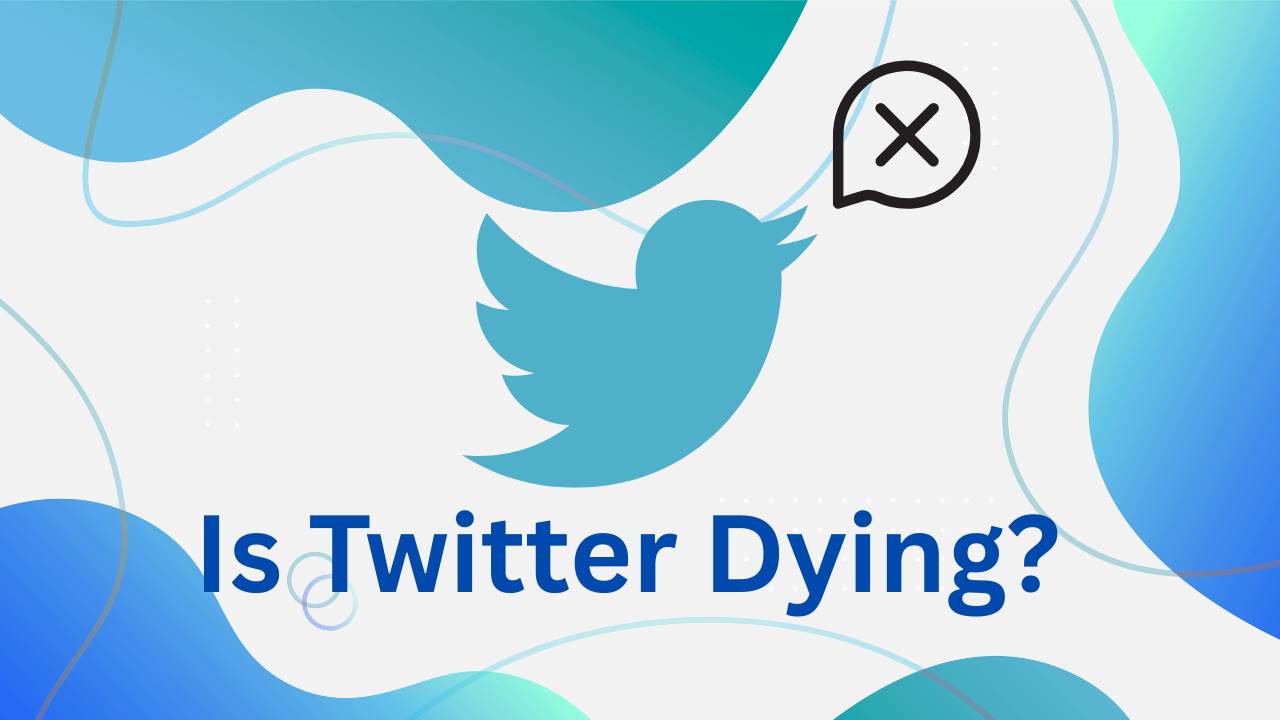Is Twitter Dying? The Real Truth + 5 Tips for Success
The headlines say Twitter (now “X”) is in trouble. Users complain. Features change. Some celebrities left. But here’s the truth: Twitter isn’t dying—it’s evolving.
If you’re a creator or business wondering if Twitter is still worth your time, the short answer is yes. The platform has changed, but the opportunity to grow your brand, connect with your audience, and monetize is still alive and well.
In fact, for creators who learn how to use the platform strategically, Twitter may be more valuable than ever.
Let’s dive into what’s really happening, and how you can thrive on Twitter in 2025.
Key Takeaways
- Twitter is evolving, not dying—especially for creators.
- New features like subscriptions, long-form posts, and monetization tools offer real opportunities.
- Success on Twitter in 2025 means strategy, consistency, and engagement.
Those That Stay, Log On
Despite public complaints or viral “I’m leaving Twitter” posts, Twitter’s core user base has remained active. While usage dropped after Elon Musk’s takeover in 2022, it has since rebounded in key areas.
- According to third-party analytics, daily active users have stabilized around 250 million.
- Twitter is still a go-to platform for real-time news, commentary, and niche communities.
- Creators, journalists, crypto influencers, and thought leaders continue to grow large audiences.
In short, the loudest critics aren’t always the most active users. The people who stay continue to engage daily—and creators who post consistently are still reaching new followers.
Example: Threads and Mastodon saw spikes in signups during Twitter controversies, but most users didn’t stick. Meanwhile, Twitter remained a hub for breaking news, viral threads, and meme culture.
Ad Revenues on the Rise
It’s easy to assume Twitter is dying if advertisers pull back. And yes—early 2023 saw big brands pause ad spend due to uncertainty. But that’s no longer the case.
Here’s what’s changed:
- Twitter’s ad platform (X Ads) is improving. New tools allow for better audience targeting and analytics.
- Smaller businesses and creators are filling the gap left by big brands.
- Subscription models like X Premium (formerly Twitter Blue) are adding new revenue streams for the platform itself and for creators.
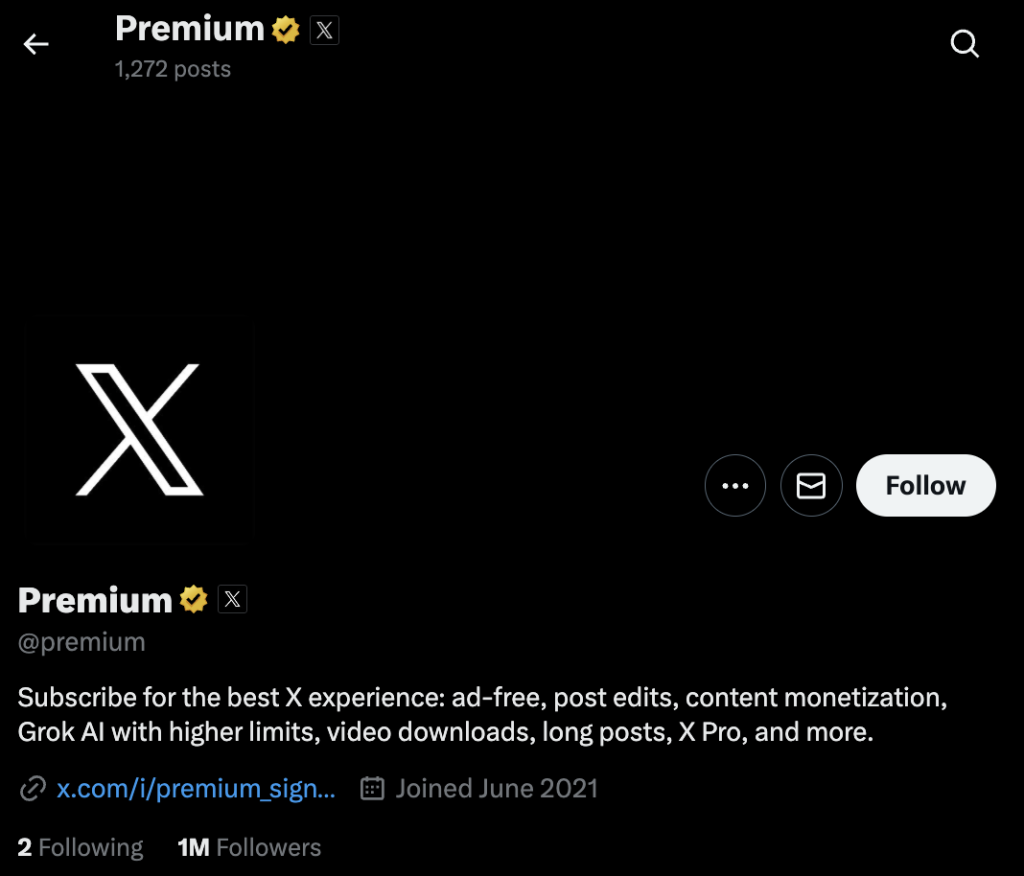
Twitter is not just an ad-based platform anymore. Elon Musk and X CEO Linda Yaccarino have introduced monetization options that open new doors for creators, including revenue sharing, subscriptions, and paywalled content.
Bottom line: Money is still flowing into the platform, just from different places.
Innovation and Improvements
Twitter has gone through a lot of changes in the past few years—and not all of them were well-received. But some updates have been valuable, especially for content creators.
Here’s what’s new:
- Long-form tweets (up to 25,000 characters) for Premium users let creators post full articles or threads in one tweet.
- Subscription tools allow users to pay monthly to access exclusive content.
- Ad revenue sharing is now available for creators who meet minimum engagement thresholds.
- Improved video uploads (up to 2 hours of high-quality video for Premium users) turn a Twitter account into a mini-YouTube for some creators.
- Spaces (audio) and video streaming features continue to evolve as the platform leans into multimedia.
These innovations are meant to keep creators on the platform and give them ways to get paid.
While the rollout of new features has been rocky at times, the goal is clear: empower creators and attract fresh audiences.
How Can Creators Use Twitter?
If you’re a creator, coach, service provider, or small business, Twitter is still a goldmine. But it’s no longer about casually tweeting every few days.
In 2025, success on the platform requires intention, consistency, and a bit of strategy. The good news? Twitter’s newer features are designed to help creators grow faster and monetize more effectively.
Here are some of the most powerful ways creators can use Twitter to build their brand, reach new audiences, and earn money:
1. Grow a Personal Brand
Your personal brand is your reputation online—and Twitter is one of the best places to shape it. By tweeting consistently about your niche, you can become a recognizable voice in your field.
Whether you’re in beauty, fitness, marketing, crypto, or coaching, Twitter gives you a stage to demonstrate expertise, spark conversations, and build trust.
- Post tips, insights, and hot takes on your niche.
- Use your pinned tweet to introduce yourself or showcase your best content.
- Engage in trending conversations relevant to your industry.

Example: @naval built a global personal brand by tweeting compact, thought-provoking insights on philosophy, entrepreneurship, and life. @stephsmithio shares transparent updates and lessons from her career in tech and content creation. Neither relies on flashy visuals—just clear, valuable ideas.
Over time, this strategy draws in a loyal audience that sees you as an authority—opening the door to speaking gigs, brand deals, and clients.
2. Sell Digital Products or Services
Twitter isn’t just for engagement—it can also be your sales funnel. Many creators earn income directly from their profiles by selling digital goods or offering services.
You can promote:
- Ebooks
- Notion templates
- Online courses or coaching programs
- Consulting packages
- Access to paid communities or masterminds
By linking your products in your bio or pinning a sales tweet to the top of your profile, you turn followers into customers without sounding overly promotional. Use storytelling or educational threads to introduce your offer organically.
Tip: Use Stripe, Gumroad, Lemon Squeezy, or Stan Store for easy payments and product delivery. Mention limited-time offers, client results, or sneak peeks to build interest.
Example: A productivity coach might post a thread titled “10 ways I get more done in 4 hours than most do in 8,” and then link to a paid Notion planner template at the end.
3. Use Threads to Go Viral
Threads are still the secret weapon of Twitter growth. When crafted well, they’re not just informative—they’re incredibly shareable.
A single thread can skyrocket your impressions, double your followers, and build instant authority.
A great thread does three things:
- Hooks the reader in the first tweet (e.g., “Most creators fail. Here’s why—and how to fix it.”)
- Delivers massive value or an engaging story
- Ends with a call-to-action (like following, retweeting, or clicking a link)
You can use threads to:
- Share case studies or personal stories
- Teach frameworks, lessons, or how-to tips
- Break down trending topics in your niche
- Build curiosity around a product or freebie
Example: An artist might post “I went from 0 to 100K followers in 6 months: here’s every strategy I used,” and end with a link to their free guide or email list.
Threads are discoverable, retweetable, and saveable, so they are perfect for creators looking to expand their audience fast.
4. Launch Subscriptions
Twitter (now X) has made it easier than ever to monetize through direct audience support. With the Subscriptions feature (formerly known as Super Follows), you can charge a monthly fee to give your most loyal fans access to exclusive content.
What you offer behind the paywall is up to you:
- Bonus tips or deeper content
- Private Q&As or DMs
- Subscriber-only threads
- Exclusive videos or templates
- Early access to your products or newsletters
Subscriptions work best when you already have an engaged audience. If you consistently provide free value, people will be more than willing to pay for extra access and insights.
Tip: Promote your subscription by showing social proof (screenshots of what subscribers get or testimonials), offering limited-time perks, or bundling it with a community or course.
Example: A writing coach might share free writing tips every week, and offer subscribers a weekly breakdown of successful viral tweets or access to private live workshops.
5. Join Conversations in Your Niche
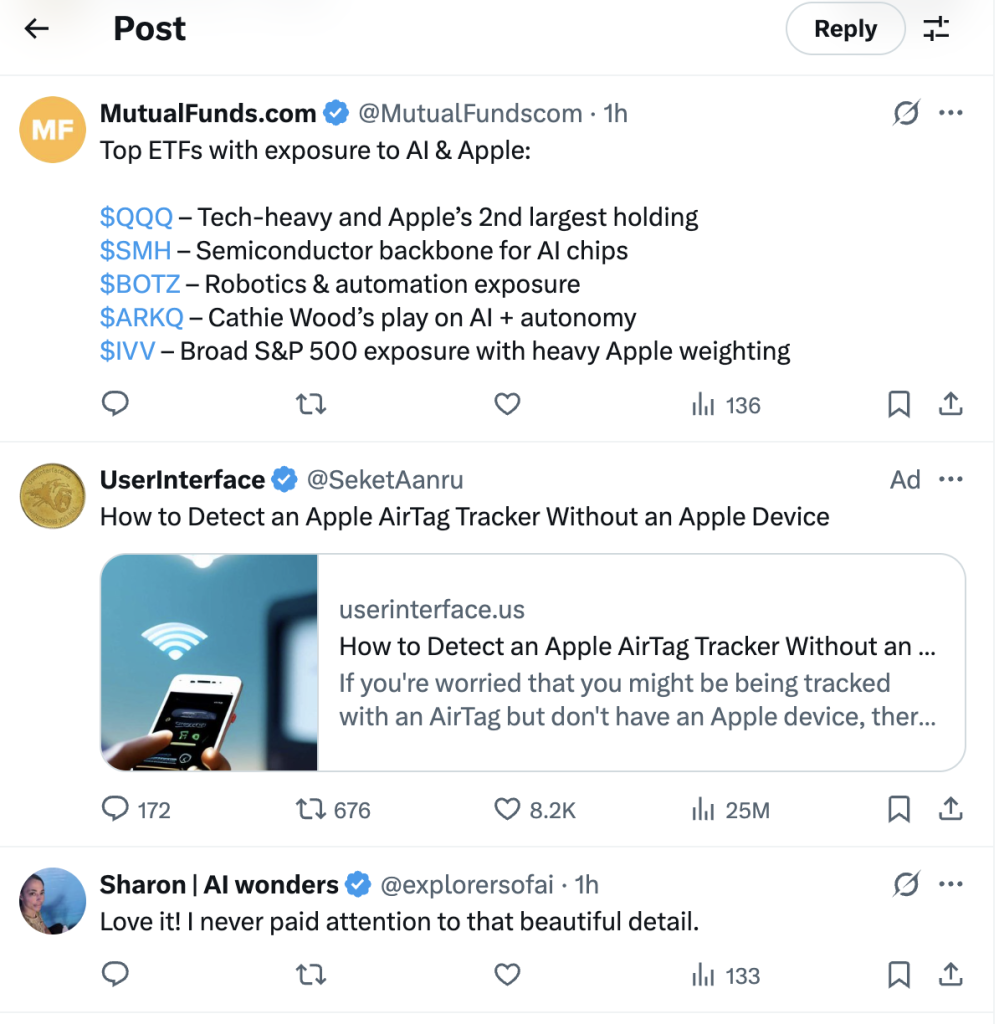
Twitter rewards interaction. It’s not just about what you tweet; it’s about how you engage with others. Replying to others’ posts, quote-tweeting relevant ideas, and joining conversations in your space builds visibility and trust.
This helps you:
- Get seen by larger accounts
- Show your expertise in public
- Connect with potential collaborators or clients
- Warm up your audience before launching a product
Twitter is not a one-way broadcast platform. It’s more like a virtual networking event. You’ll grow faster by being present, helpful, and human in conversations.
How to do it well:
- Spend 10–15 minutes daily replying to people in your niche.
- Add thoughtful or funny insights to trending tweets.
- Use quote tweets to agree, expand, or respectfully disagree with others.
Example: If you’re a mindset coach, jump into conversations around productivity, burnout, or morning routines. Offer actionable advice in replies. The more value you add, the more followers and fans you’ll attract.
Tips for Twitter Success
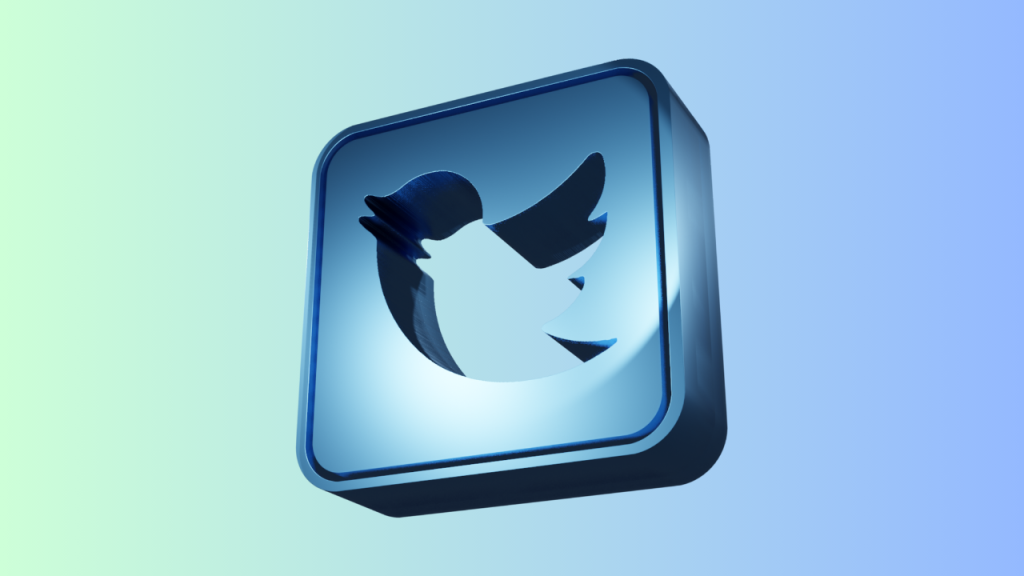
Want to thrive as a creator on Twitter in 2025? Whether you’re building a personal brand or selling a digital product, these five essential tips will help you stand out, grow your audience, and build a presence that lasts, regardless of algorithm shifts or platform drama.
1. Focus on Value, Not Virality
Going viral can feel great, but it’s not a viable strategy. One big tweet might get you a burst of followers, but it’s consistency and value that keep people around.
The best creators focus on educating, inspiring, or entertaining their audience in every post.
- Break down lessons, tips, or behind-the-scenes insights from your niche.
- Recycle your best-performing ideas in new formats (threads, carousels, video).
- Avoid “rage bait” or low-value content just for the sake of engagement.
Example: If you’re a graphic designer, tweet quick branding tips or show simple before-and-after projects. Those consistent, helpful posts are what people will remember and come back for.
Pro tip: Ask yourself before tweeting: “Is this tweet useful, interesting, or emotionally resonant?”
2. Use Visuals and Media
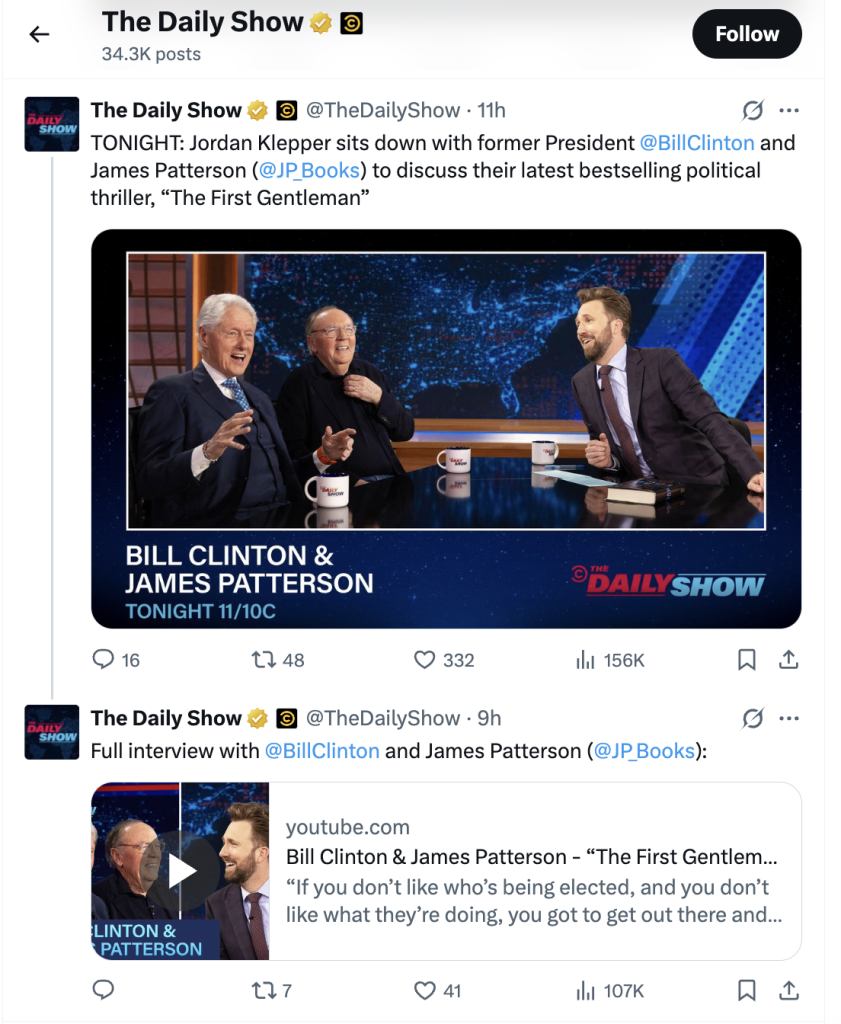
People scroll fast. Visuals help you stop the scroll and grab attention. In fact, tweets with media (images, videos, or carousels) tend to get significantly more engagement than plain text.
Here’s how to use visuals well:
- Post short video clips (under 2 minutes) showing your process or behind-the-scenes moments.
- Create simple Canva graphics that highlight tips or quotes.
- Use GIFs or photos to make your personality stand out.
Don’t overthink it—polished is great, but authentic often performs better. Even a quick selfie in your workspace or a screenshot of a client win can make your post more relatable.
Example: A content creator tweeting about morning routines could include a photo of their desk setup or morning checklist template. It makes the content more human and engaging.
3. Post at Peak Times
Timing matters. If you tweet when your audience isn’t online, even the best content can flop.
Use your analytics (available through X Premium) to understand when your followers are most active and schedule accordingly.
General best Twitter posting times:
- Weekday mornings (7–9 AM local time)
- Midday lunch scrolls (11 AM – 1 PM)
- Evening wind-down (7–9 PM)
Use scheduling tools like Tweet Hunter, Hypefury, or Typefully to post at optimal times without needing to be glued to your phone.
Bonus tip: Try testing different times for similar content. For example, post one thread at 8 AM and another at 5 PM and compare the results.
4. Review Twitter Analytics

Twitter’s built-in analytics (and third-party tools) are goldmines for creators who want to grow smarter. Don’t just tweet and hope—track what’s working.
Look at:
- Impressions (reach)
- Engagement rate (likes, replies, shares per impression)
- Follows from individual tweets
- Link click-throughs
Pay attention to patterns: What content types consistently perform? What topics get replies or DMs? Use this data to refine your content strategy and create more of what your audience wants.
Example: If you notice your audience loves productivity threads but skips personal updates, adjust your content mix to focus more on practical advice and less on daily life content.
5. Build an Off-Twitter Funnel
No matter how good your tweets are, you don’t own your followers. That’s why it’s smart to use Twitter as a launchpad for deeper audience connections.
Guide people to your newsletter (via ConvertKit, Beehiiv, or Substack), a free lead magnet (like a PDF or Notion template), your YouTube channel, podcast, or website, or even a paid community or product landing page.
You can link this in your bio, in your pinned tweet, or naturally throughout your content. A simple CTA like “DM me ‘guide’ and I’ll send you my free toolkit” works surprisingly well.
Example: A mindset coach might tweet valuable advice daily and include a CTA at the end of every thread like, “Want my full guide to confidence habits? Get it here 👉 [link].”
Smart move: Diversifying your platform presence protects your brand if anything changes on Twitter—and helps you build a true business, not just a following.
FAQs

Is Twitter on a decline?
Twitter saw a decline in 2022-2023 in terms of advertiser trust and user growth. But in 2024–2025, it has stabilized and even grown in some creator-driven niches.
Is Twitter’s popularity going down?
While its overall cultural relevance has shifted, Twitter is still highly popular in industries like crypto, news, sports, tech, and creator circles.
Is Twitter dying or growing?
Twitter is changing, not dying. Its focus has shifted toward monetization, creators, and new features. For those who adapt, it’s still growing.
Is Twitter still relevant in 2025?
Absolutely. For creators, thought leaders, and brands, Twitter remains a powerful way to reach audiences, test ideas, and build community.
So, Is Twitter Dying?
No! Twitter is not dying. It’s transforming.
If you’re waiting for Twitter to return to what it was in 2018, that version isn’t coming back. But the 2025 version of Twitter (X) is packed with tools for creators, monetization options, and opportunities for growth.
Creators who understand how to use the platform today are seeing results: more reach, more income, more influence.
So if you’re wondering whether to keep investing in Twitter as a business tool: the answer is yes.

